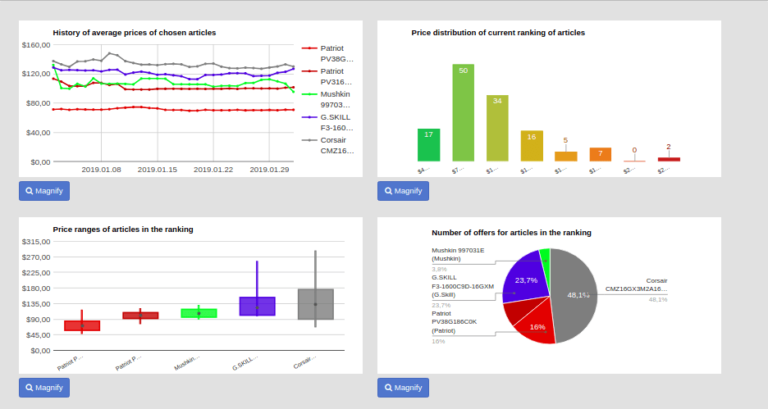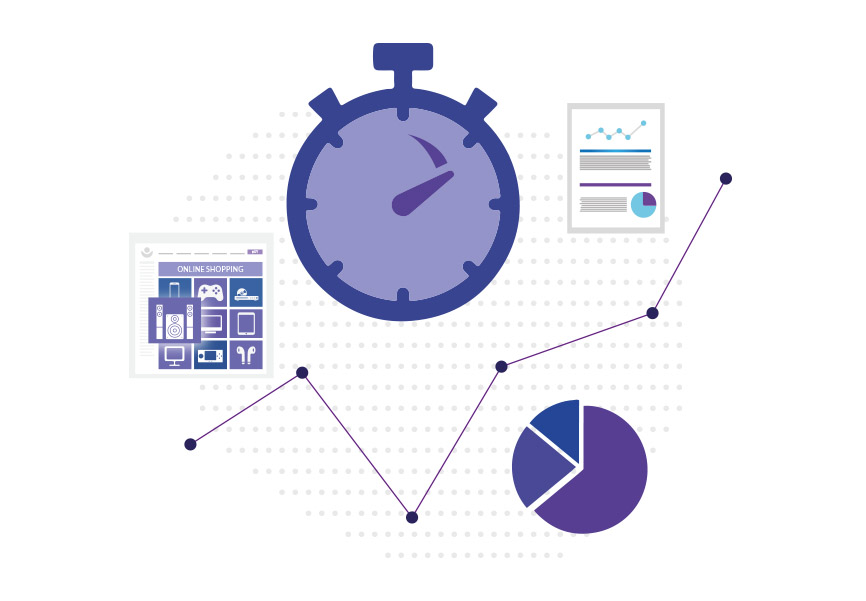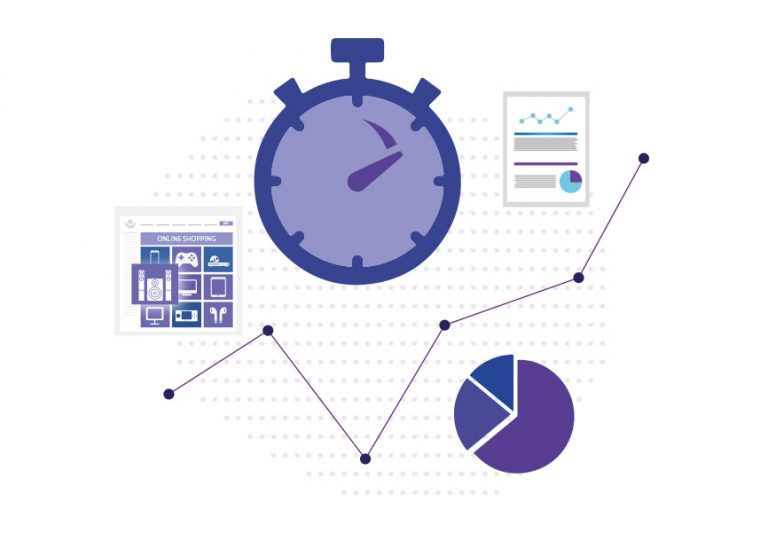What is Offline Price Monitoring, and What Can It Do for an E-commerce Store?
- 19 May 2023
If you’re an e-commerce store owner or a manufacturer, chances are you have heard of offline price monitoring. But do you actually know what it is and how it can help your business? Understanding the basics of offline pricing and its impact on businesses can be a game changer for retailers who need to stay competitive in their industry. In this blog post, we’ll take a look at what exactly offline price monitoring is and outline some key benefits to consider as an e-commerce store that could ultimately help boost sales. Keep reading to discover why considering implementing an effective consumer-led market intelligence solution like offline price monitoring into your marketing strategy might just be the answer to staying ahead of competitors!
What are offline prices? – Offline prices in e-commerce
When it comes to e-commerce, we all say a lot about online pricing monitoring. That’s pretty fair, taking into consideration that the majority of your trade and revenue takes place online.
But what if you are an experienced e-commerce seller or manufacturer with dozens of products offered not only online, but also offline? What if you distribute your products to zillions of brick-and-mortar shops and you’d like to keep an eye on your prices?
Well, that’s when we talk about offline prices.
Why should you monitor your offline prices? – Benefits of offline prices monitoring
Benefits of offline price monitoring for retailers
Offline prices in e-commerce refer to the prices of products that are sold in brick-and-mortar stores or physical retail locations. In the context of e-commerce, offline prices may be used as a benchmark for online pricing strategies, as retailers may adjust their online prices to match or beat their offline prices to remain competitive. This is particularly important for retailers who operate both online and offline channels, as they may want to ensure consistency in pricing across both channels to avoid any potential cannibalization of sales.
What’s more, as more and more consumers migrate towards online shopping, e-commerce retailers are faced with the challenge of finding the right balance between online and offline pricing strategies. With the rise of showrooming – where shoppers visit physical stores to examine products, only to purchase them later online at a cheaper price – it’s becoming more important than ever for e-commerce retailers to match their offline prices with their online ones. This not only helps maintain customer trust and loyalty but also ensures a level playing field with traditional brick-and-mortar stores. After all, success in the world of e-commerce also depends on your ability to be competitive both online and offline.
Benefits of offline price monitoring for manufacturers
Monitoring offline prices can help you identify unauthorized sellers who are undercutting their prices. This is particularly important for manufacturers, as unauthorized sellers may be selling their products at prices below the manufacturer’s suggested retail price (MSRP), which can damage the manufacturer’s brand and reputation.
While the ease and convenience of online shopping are undeniable, online prices can be much more sensitive to fluctuations than their offline counterparts. For this reason, it’s important for e-commerce manufacturers to keep a close eye on the offline prices of their products, in order to remain competitive and relevant in an ever-changing market. Maintaining this kind of vigilance towards prices is challenging, but is ultimately one of the most important factors in ensuring the long-term success of an e-commerce business.
How to monitor offline prices?
Similar to online price monitoring you’ve got two ways – manual and automated.
Manual offline price monitoring means that you collect data from physical shops through in-store visits. They may be a part of your regular in-store audit or you can rely on mystery shopping. Though this is a feasible solution, it also requires patience and time and it may be budget-consuming.
However, there is another way to conduct offline price monitoring. You can also use an offline price monitoring tool that will collect all the data for you, saving you hours of additional work and a significant part of your budget.
Nevertheless, before kicking off with automated offline price monitoring, you should accomplish the following steps first:
Identify your main competitors
In the world of offline commerce, being in proximity to shoppers matters. This means that price monitoring should focus on businesses in the same geographic area – zone, postcode, or province – so that you stay informed of local competitors that pose a risk to your growth. Unlike in e-commerce, where anyone with national or international shipping is a potential adversary, physical stores can concentrate on a selection of their competitors.
When deciding on these competitors, their reputation amongst your target audience is also worth considering. Brands with an online store or social media presence can provide insights into their standing and visibility in the market. Stay ahead of the competition by choosing your local rivals strategically.
Create a clear brand image before comparing prices
Determine how you want to present your company to customers, whether it be as a discount-focused store or an exclusive, specialized option. Keep in mind that your competition and the nature of your business will play a role in pricing decisions, and be cautious of devaluing your brand with excessively low prices. However, occasional discount campaigns can still be effective.
Use Price Intelligence
Price intelligence is crucial for monitoring offline prices. By creating a pricing intelligence database for local competitors, you can better understand local clients. Integration with a retail management system is key to staying up-to-date with competitor pricing. Utilizing pricing intelligence for retail is also important for optimizing pricing strategy both online and offline. With effective price monitoring software, you can gather reliable data on the competition’s moves in both realms.
Determine when to adjust new pricing
Determining when to evaluate and adjust your pricing is crucial. Unlike e-commerce businesses that can quickly activate repricing software, changing prices in physical stores is a complex process that involves reprinting or updating labels for your products. Therefore, we strongly recommend establishing a regular review period based on market activity, such as every three days, once a week, or as per the business’s nature, activity, and fluctuations in supply and demand.
Now, let us explain how we can provide you with offline prices data at Dealavo.
How does Dealavo monitor offline prices?
Unfortunately, at Dealavo we cannot offer you any mystery shopping services. Yet, our tool can still be useful, and even indispensable for offline prices monitoring.
At Dealavo, we obtain prices for our offline report by extracting Click&Collect data from online stores. Our data collection process specifically focuses on products that have been out of stock for a period of 30 days or less. The comprehensive report we provide includes vital product information, such as producer, category, and name, along with store and showroom availability details. This data includes the name, address, and quantity of available items at each location. Our report also indicates when a product is unavailable or has only one item remaining in stock.
Are you curious to know what Dealavo is all about?
Offline prices monitoring – wrapping up
Offline pricing is an essential part of e-commerce and retail. It is important for both retailers and manufacturers to maintain a competitive price in order to remain profitable. To make sure that you are not missing out on any opportunities, you should give an offline price monitoring tool a try.
Dealavo helps retailers and manufacturers monitor their competitors’ prices in real-time, so you can make informed decisions about pricing strategies.
With its advanced features, such as offline price monitoring, Dealavo provides an efficient way for businesses to keep up with the competition while ensuring that they are staying ahead of the curve when it comes to pricing.
So don’t wait another minute – get started today with Dealavo’s price monitoring tool!





